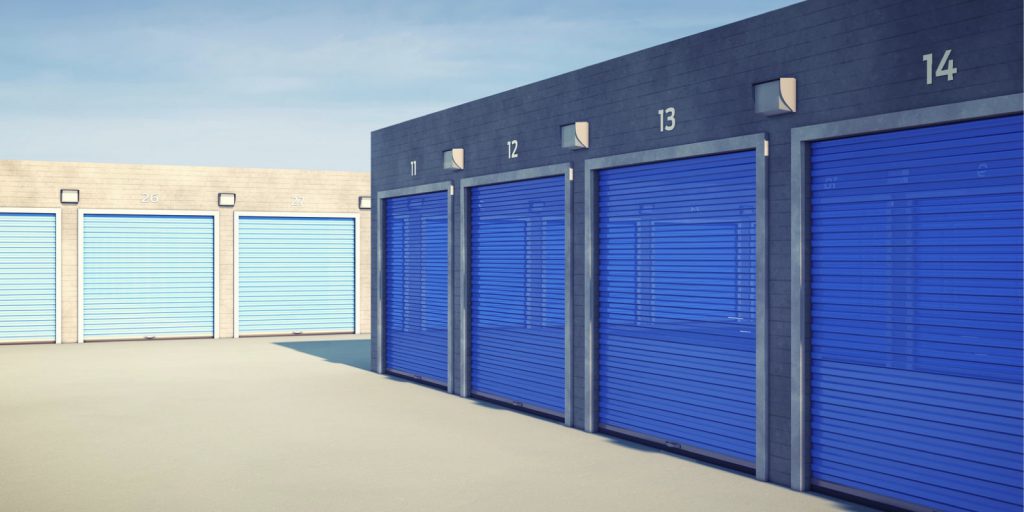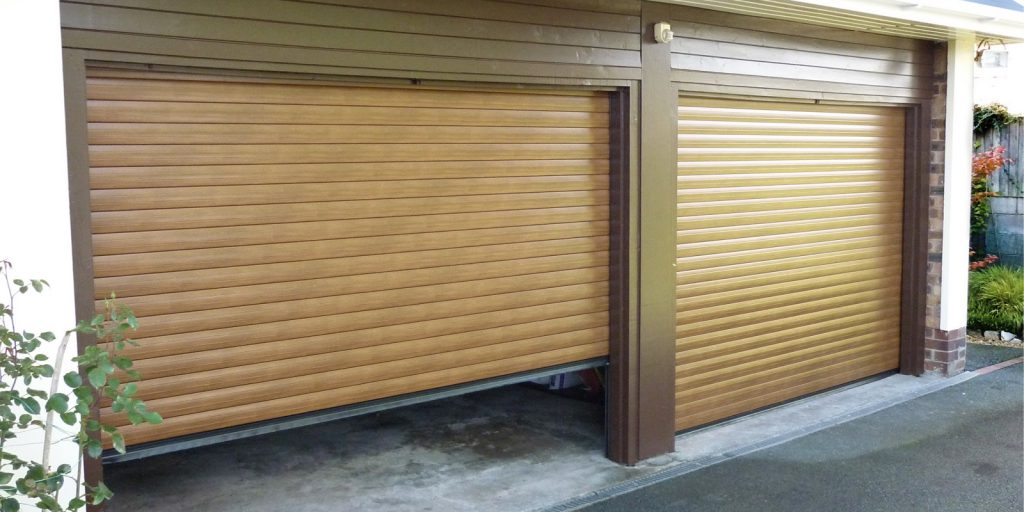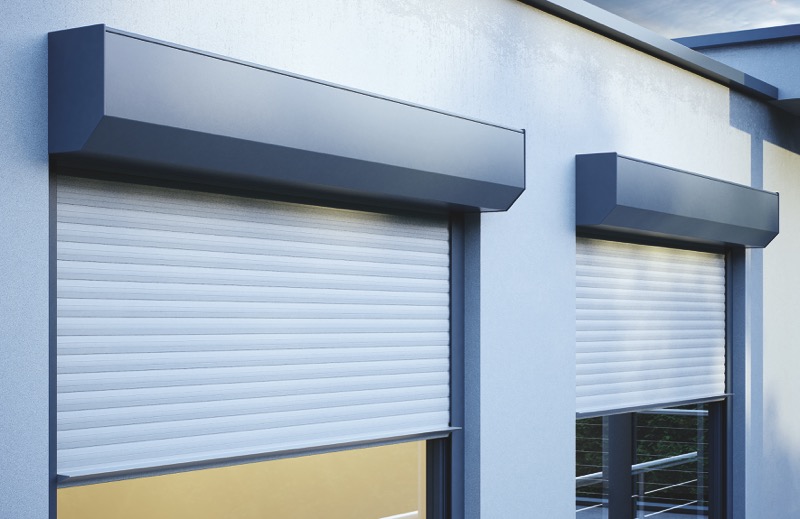When trying to add heat to your garage, you’ll want to make sure that you’ve done it correctly. When choosing what material to use, you may want to stick to a similar type you have used within your house or specially designed ones for garages. No matter whether your garage is finished or not you’ll want to look at the insulation.
Insulating Your Garage: The Basics
It’s a popular misconception that insulating your garage will instantly add warmth to the area. The truth is that insulation slows down the transfer of heat through an insulated barrier.
One of the main reasons people choose to insulate a garage is because the garage is connected to the house. Due to heat transfer, the rooms that are connected to the garage wall will lose their heat quicker than others. This will increase heating bills and reduce comfort to those who are in the rooms that are connected.
If you’re planning on using the garage as an extra room, insulating should be a key priority to make the occupants as comfortable as possible.
Another important aspect of insulating your garage is the added security which it will give you. By adding insulation into spaces where potential intruders may have the ability to gain entry you’re protecting your valuable assets and your home. Insulation will become a second wall and without the ability to gain access into an area, the thieves will eventually get bored and move on.

What Areas Should You Insulate?
There are three areas that you should insulate within your garage.
Walls
The first place you’ll look at installing is your walls. If your garage is built into your home then this shouldn’t be a big job and most of the walls will be the standard design that has been built within your house and compliant with building regulations.
However, when it comes to upgrading your wall on a detached garage, this may take a lot more work. This can be done through the use of a stud wall, a form of internal insulation, whereby a second wall is installed to create a gap between both walls which can then be filled with insulation materials.
Roof
When choosing to insulate your room, your decision will be based mainly on whether you have a pitched roof or a flat one.
Pitched roofs are fairly simple to insulate and will involve the same processes as insulating your loft.
Most garages have flat roofs and despite their name, most of them aren’t actually flat. When it comes to installing insulation you’ll need to choose between a warm roof or a cold roof. A cold roof is when the material is fixed between roof joists whereas a warm roof offers insulation above the joists with an added waterproof layer above. A flat roof can be hard to insulate and it’s recommended that you find a professional to help you.
Floor
Floors also need insulating. The first step is to make sure that your concrete is level and free of moisture. Once you’re ready you can install using rigid foam insulation or wood sleepers with foam panels placed in between. Again this can be quite difficult so using a specialist may be critical.
What Types of Insulation are Available?
Whilst there are standard insulation products out there, it’s important to know what to look for and why each one is important and different from others.
Fibreglass Insulation
One of the most commonly used insulation in garages (and homes) it perfectly fits in between wall studs and ceiling joists. You can also get loose-fill fibreglass which is suitable for blowing into a garage attic space above a finished ceiling.
Choosing the right type of fibreglass insulation is important as it offers dedicated protection for certain areas.
Cellulose Insulation
Cellulose is growing in popularity as it’s a loose-fill insulation material. Made primarily from recycled newspapers and fire retardant, Cellulose is usually blown into the walls and ceiling cavities. Because of its loose-fill material, the insulation is only suitable for finished garage walls and ceilings. You can install it into an uninsulated wall but this can be more difficult.
Rigid Foam Insulation
Rigid foam insulation comes in sheets with various thicknesses. It’s also available as in a range of materials so you can choose which one is better for you. It can be cut into different sizes to fit almost any space. When buying rigid foam material, make sure you check if it’s fire-resistant as not all material is.
Garage Door Insulation
Insulating your garage door is essential if you’re turning it into a place of living you’ll need to think about keeping the heat in. You can buy special insulation kits or cut a piece of rigid foam insulation to fit within the panels. If your garage is directly connected to your house, then it’s important that you insulate your garage door as this is a prime way your garage can lose heat.
If you already have an existing garage door, it might be time to update to a roller garage door as these offer a reasonable degree of insulation.
We supply a range of garage doors for you to choose from and our specialists can talk to you about insulating your garage door and securing your house. Get in touch to find out more.













